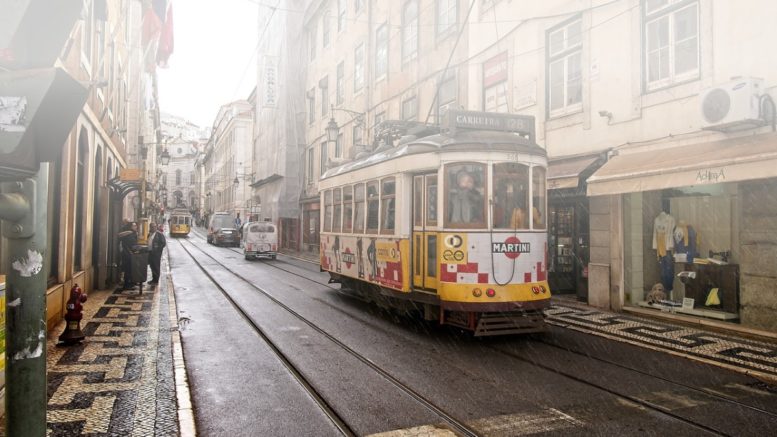Efficient public transportation is perhaps one of the best things public leaders and policy planners could offer to the public. Statistically speaking, taking public transportation in the US is up to 10 times safer than driving in terms of road safety. Taking public transportation regularly can also greatly cut down our individual carbon footprint while reducing our overall environmental impact in many other ways as well. The fact that it’s also typically much cheaper per mile traveled compared to taking a private car can make it all that more appealing.
Of course, public transport, as it is in most of the United States, has plenty of drawbacks. While using it is a great way to stay safe from road accidents, save money, and help the environment at the same time, using public transport can expose you to other risks, particularly crime and communicable illnesses.
If you want to reduce these risks and enjoy the benefits of public transportation, here are a few solid pointers:
Be Prepared
While there aren’t any dress codes for most metro bus or train services, you’re usually better off with comfortable shoes and practical clothes that don’t excessively restrict movement. If you’re concerned about touching potentially contaminated turnstiles, chairs, and handrails, using an antimicrobial hand protector can act as a protective barrier between you and these objects and surfaces. Make sure to use something with active antimicrobial technology to destroy germs on contact and prevent potential cross-contamination. If you’re immunocompromised, you may also wear a face guard mask as well.
Try not to bring anything you’re not prepared to lose
If you’re going to take flashy jewelry, expensive electronics, or other valuable items on the bus or train, you should be fully aware of the risks. If possible, avoid taking public transportation if you’re not completely sure you can keep your possessions safe.
Don’t bring large amounts of cash
By the same token, you may want to reconsider taking large, irreplaceable amounts of cash with you on the bus or train. If you have to bring large amounts of cash, make sure that it’s all in a secure place, such as in an inconspicuous bag, a front pants pocket, or anywhere else that a pickpocket may not be interested in or able to access.
If you’re going to commute regularly, you may want to invest in a metro card or some other quick prepaid method for paying for your tickets. Keep your card separate from the rest of your money to minimize the chance you might accidentally tip thieves off that you’re carrying a lot of cash on you.
Don’t fall asleep
As a general rule, you want to avoid sleeping in public transit. While you can probably relax most of the time, you want to be at least alert enough to not miss your stop and to observe other passengers. Sleeping on a bus or train can also put you at significant risk of being targeted by transit thieves as well, as they generally prefer non-alert, non-confrontational victims.
Use apps to assess the best way to your destination
Depending on where you live, there may be apps that tell you how heavy traffic is or how long the lines at different metro stations are. You can use these apps to learn which routes or trips you may want to take to your destination at a given time. You can even use them to decide whether you would rather take other alternatives to public transit, such as taxis or rideshares.
Use well-lit stops
An ideal bus stop or train station is conveniently located, comfortable, and above all, safe. Making transit stops safe is usually a matter of how well they are lit. Well-lit stops are less likely to figure in a roadside accident, thanks to the better visibility. Occupants of better lit stops are also less likely to be targeted by criminals because more people are likely to witness any incidents. For these reasons, it’s usually better to choose a well-lit bus stop or train station, even if it’s some distance away, than one that’s unlit and close by.
Avoid traveling alone at night
You’re much less likely to be the target of criminal activity or harassment if you travel with someone. If you feel that you are at risk from either of those scenarios, see if you can commute with someone. If this isn’t feasible, consider taking a taxi or using a rideshare service instead.
Conclusion
Public transport has a lot of positives going for it. It’s generally safer, cheaper, and more environmentally sustainable compared to traveling by private car. By taking basic precautions, such as wearing practical clothes, using anti-microbial protective gears, choosing safer stops, and keeping an eye on other passengers, already-safe public transportation services can be made even safer.
